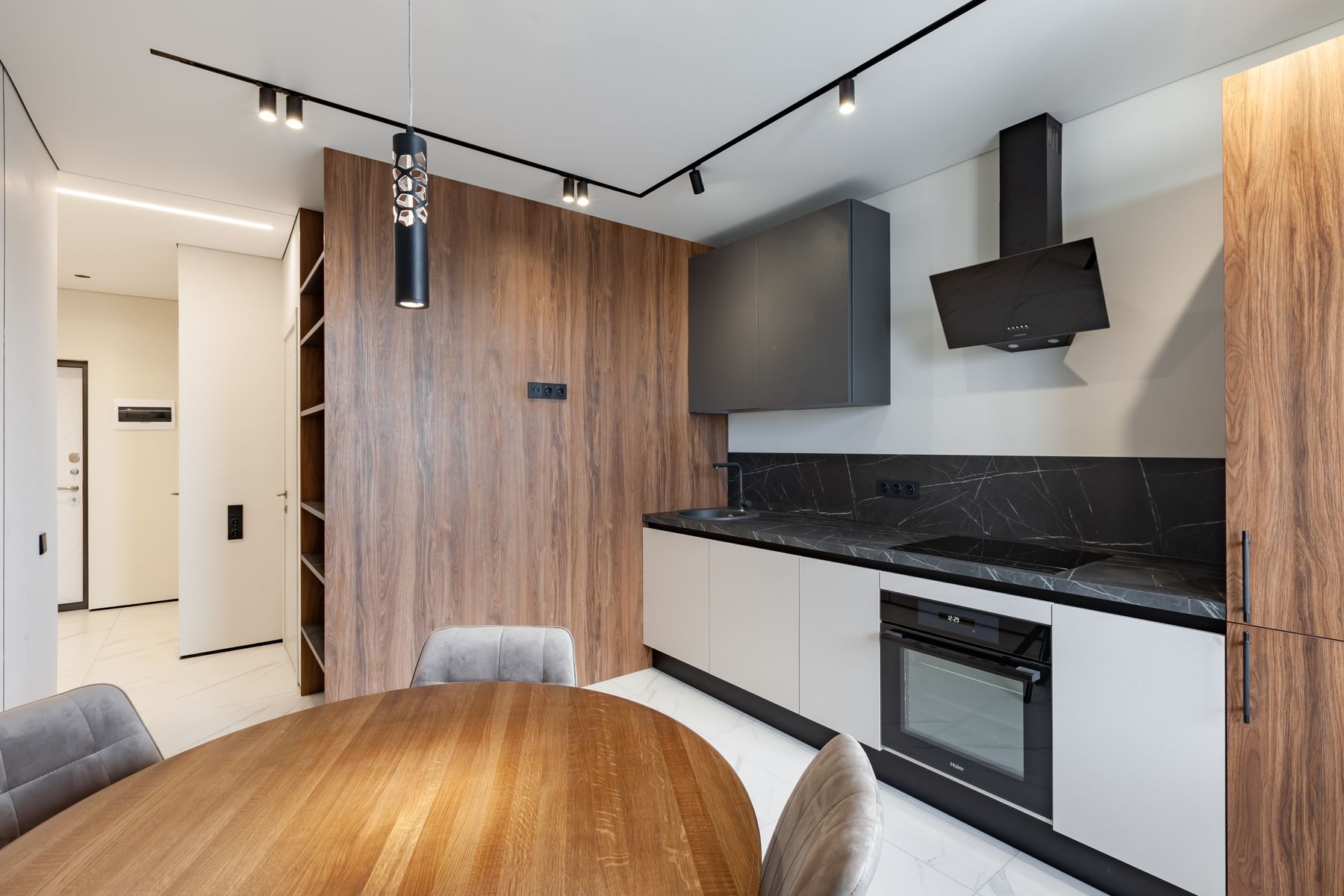
Transformative Kitchen Design Mastery: A Guide to Revamping Your Culinary Space
Understanding the Essence of Kitchen Transformation
When it comes to kitchen design, a transformative approach is not just about superficial changes. It's about reimagining the space to enhance functionality and aesthetic appeal. A mastery of kitchen transformation requires an understanding of how each element can be optimized to create a harmonious and efficient environment for cooking, dining, and socializing.
Assessing Your Current Kitchen Layout
The first step in any kitchen transformation is to thoroughly assess your current layout. What works? What doesn't? Consider the kitchen work triangle—the relationship between the fridge, sink, and stove—and think about how workflow can be improved. This assessment will provide a roadmap for the redesign process and help to prioritize the changes that will make the biggest impact.
Incorporating Functionality with Aesthetics
A masterful kitchen design seamlessly integrates functionality with aesthetics. It's not enough for the kitchen to look good; it must also serve the practical needs of the homeowner. This means selecting materials and appliances that are both durable and stylish, designing storage solutions that maximize space, and choosing a layout that supports efficient meal preparation and clean-up.
The Heart of the Home: Combining Comfort and Style
The kitchen is often referred to as the heart of the home. It is a space where people gather, share meals, and make memories. As such, it's essential to create an atmosphere that is warm and welcoming. This can be achieved through strategic lighting, color schemes, and the incorporation of comfortable seating areas that encourage people to linger and engage with the space.
Technological Integration in Modern Kitchen Design
In the age of smart homes, technological integration is a key component of kitchen design mastery. From smart refrigerators to high-tech cooking appliances, incorporating the latest technology can greatly enhance the user experience. Voice-activated systems and touchless faucets are just some examples of how technology can make kitchen tasks more convenient and enjoyable.
Eco-Friendly Solutions for Sustainable Kitchens
Today's homeowners are increasingly concerned with sustainability, making eco-friendly solutions a crucial aspect of a transformative kitchen design. This can include energy-efficient appliances, sustainably sourced materials, and waste-reduction strategies like compost bins and efficient recycling systems. A sustainable kitchen not only benefits the environment but can also lead to long-term cost savings.
Maximizing Small Spaces: Compact Kitchen Genius
Not everyone has the luxury of a large kitchen, but a small space doesn't have to compromise on style or utility. With the right approach, even the most compact kitchen can be transformed into a fully functional and visually appealing area. Smart storage solutions, reflective surfaces, and multi-purpose furniture are all tricks of the trade for maximizing small spaces.
Final Touches: Personalization in Kitchen Design
The final step in achieving kitchen design mastery is personalization. This is where the homeowner's personality and preferences shine through. Whether it's through unique hardware choices, bold backsplashes, or family heirlooms on display, these final touches make the kitchen truly reflective of its owners.
Conclusion
Mastering the art of transformative kitchen design is a process that encompasses a deep understanding of functionality, style, technology, and personal preference. By thoughtfully considering each aspect of the kitchen, from layout to personal touches, you can create a space that is both beautiful and highly functional—a true culinary sanctuary in the heart of your home.